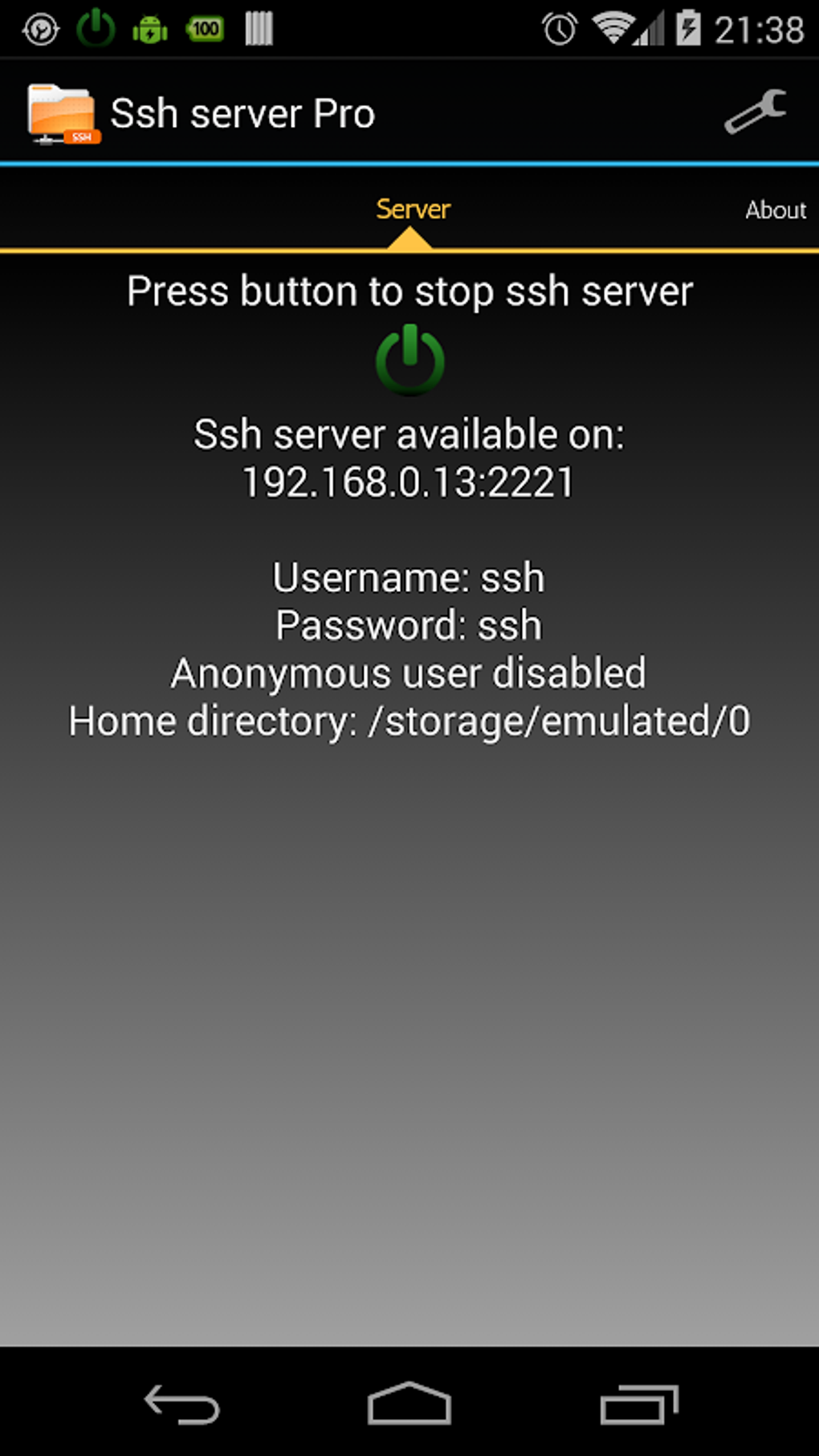In today's interconnected world, securely connect remote IoT P2P SSH free has become an essential aspect of modern technology. With the rapid growth of the Internet of Things (IoT), ensuring secure communication between devices is more critical than ever. Organizations and individuals must prioritize robust security protocols to protect their data and privacy.
The need for secure remote access to IoT devices has grown exponentially, especially as more devices become connected. Without proper security measures, sensitive data can be exposed to unauthorized access, leading to potential breaches. This article will explore how you can securely connect remote IoT devices using peer-to-peer (P2P) SSH connections without additional costs.
This guide aims to provide comprehensive insights into the importance of securing IoT devices, the role of SSH in creating secure connections, and practical steps to implement P2P SSH connections for free. Whether you're a beginner or an experienced user, this article will equip you with the knowledge to protect your IoT ecosystem effectively.
- Hd For Hub The Ultimate Guide To Boost Your Digital Experience
- Discovering The Age And Legacy Of Abu Mudarris
Table of Contents
- The Importance of Securing IoT Devices
- An Overview of SSH and Its Role in IoT Security
- Understanding P2P SSH Connections
- Benefits of Using P2P SSH for IoT
- How to Set Up P2P SSH Connections for Free
- Tools and Software for Secure IoT Connections
- Common Challenges in Securing IoT Devices
- Best Practices for Securing IoT Devices
- The Future of IoT Security
- Conclusion and Call to Action
The Importance of Securing IoT Devices
As the Internet of Things continues to expand, the number of connected devices is projected to reach 75 billion by 2025, according to a report by Statista. With this growth comes increased vulnerability to cyberattacks. Securing IoT devices is crucial to protecting sensitive data and maintaining the integrity of networks.
Securely connect remote IoT P2P SSH free offers a cost-effective solution to safeguard these devices. By implementing robust security measures, organizations can prevent unauthorized access, data breaches, and potential financial losses. In addition, secure IoT connections enhance user trust and satisfaction.
Failure to secure IoT devices can lead to severe consequences, such as identity theft, financial fraud, and operational disruptions. For businesses, this could result in reputational damage and loss of customer confidence. Therefore, prioritizing IoT security is not only a technical necessity but also a strategic business decision.
- 4hd Hub 4u Your Ultimate Guide To Cuttingedge Technology And Entertainment
- 4 Hd Movie Hub Your Ultimate Guide To Highquality Movie Streaming
An Overview of SSH and Its Role in IoT Security
What is SSH?
SSH, or Secure Shell, is a cryptographic network protocol used to establish secure connections between devices over an unsecured network. It provides a reliable method for remote access and file transfers while ensuring data confidentiality and integrity.
In the context of IoT, SSH plays a vital role in securing communication between devices. It encrypts data transmitted between devices, preventing unauthorized interception and tampering. Additionally, SSH supports authentication mechanisms, ensuring only authorized users can access the system.
Why Use SSH for IoT?
- SSH provides end-to-end encryption, protecting data from eavesdropping and man-in-the-middle attacks.
- It supports strong authentication methods, such as public key infrastructure (PKI), enhancing security.
- SSH is widely supported across various platforms and devices, making it a versatile choice for IoT applications.
Understanding P2P SSH Connections
Peer-to-peer (P2P) SSH connections enable direct communication between IoT devices without relying on centralized servers. This approach reduces latency and improves efficiency, making it ideal for real-time applications. By securely connect remote IoT P2P SSH free, organizations can optimize resource utilization and enhance system performance.
P2P SSH connections work by establishing a direct tunnel between devices, bypassing traditional client-server architectures. This eliminates the need for intermediaries, reducing potential points of failure and enhancing security. Additionally, P2P SSH connections can be implemented without incurring additional costs, making them an attractive option for budget-conscious organizations.
Benefits of Using P2P SSH for IoT
Implementing P2P SSH for IoT offers numerous advantages, including:
- Enhanced Security: P2P SSH connections encrypt data and authenticate users, ensuring secure communication between devices.
- Improved Performance: By eliminating intermediaries, P2P SSH reduces latency and improves system responsiveness.
- Cost-Effectiveness: Securely connect remote IoT P2P SSH free eliminates the need for expensive middleware or third-party services.
- Scalability: P2P SSH can easily scale to accommodate growing numbers of IoT devices without compromising performance.
How to Set Up P2P SSH Connections for Free
Step 1: Install SSH Client and Server
To begin, install an SSH client and server on your devices. Popular options include OpenSSH for Linux and macOS, and PuTTY for Windows. Ensure both devices have the necessary software installed and configured properly.
Step 2: Generate SSH Keys
Create SSH keys to authenticate devices without requiring passwords. Use the following command to generate a key pair:
ssh-keygen -t rsa -b 4096
This will create a public and private key pair, which can be used for authentication.
Step 3: Configure SSH Settings
Adjust SSH settings to optimize performance and security. Edit the SSH configuration file (usually located at /etc/ssh/sshd_config) to enable features such as:
- Key-based authentication
- Port forwarding
- IP whitelisting
Tools and Software for Secure IoT Connections
Several tools and software solutions can facilitate secure IoT connections:
- OpenSSH: A widely-used open-source SSH implementation for Linux and macOS.
- PuTTY: A popular SSH client for Windows, offering a user-friendly interface.
- TunnelBear: A secure tunneling tool that simplifies SSH connections.
- WireGuard: A modern VPN solution that can complement SSH for enhanced security.
Common Challenges in Securing IoT Devices
Securing IoT devices presents several challenges, including:
- Limited Resources: Many IoT devices have constrained processing power and memory, making it difficult to implement robust security measures.
- Heterogeneous Environments: IoT ecosystems often consist of diverse devices and platforms, complicating security management.
- Constant Threats: Cybercriminals continuously develop new techniques to exploit vulnerabilities in IoT systems.
Despite these challenges, securely connect remote IoT P2P SSH free remains a viable solution for protecting devices and data.
Best Practices for Securing IoT Devices
To maximize security, follow these best practices:
- Regularly update firmware and software to address known vulnerabilities.
- Use strong, unique passwords and enable two-factor authentication whenever possible.
- Implement network segmentation to isolate IoT devices from critical systems.
- Monitor device activity and investigate any suspicious behavior promptly.
The Future of IoT Security
As IoT technology continues to evolve, so too will the methods used to secure it. Emerging technologies such as blockchain and artificial intelligence (AI) offer promising solutions for enhancing IoT security. For example, blockchain can provide tamper-proof logs of device activity, while AI can detect and respond to threats in real-time.
Organizations must stay informed about the latest developments in IoT security and adapt their strategies accordingly. By doing so, they can ensure their systems remain secure and resilient against evolving threats.
Conclusion and Call to Action
In conclusion, securely connect remote IoT P2P SSH free is a powerful tool for protecting IoT devices and data. By implementing robust security measures and following best practices, organizations can safeguard their systems and maintain user trust. This guide has provided comprehensive insights into the importance of IoT security, the role of SSH, and practical steps for setting up secure connections.
We encourage readers to take action by implementing the strategies outlined in this article. Share your thoughts and experiences in the comments section below, and explore other articles on our site for more information on IoT security and related topics. Together, we can build a safer and more secure digital future.
- Hd Hub B4 U Your Ultimate Guide To Highdefinition Streaming And Entertainment
- Hdhub4uin Movies Your Ultimate Destination For Highquality Entertainment


